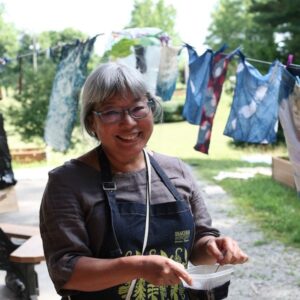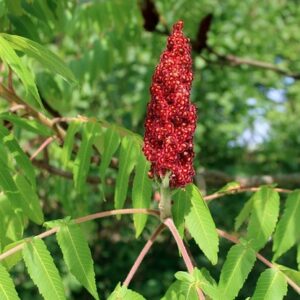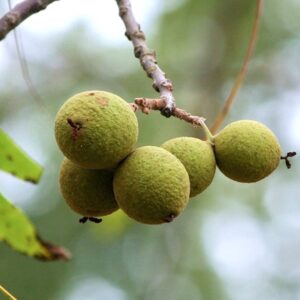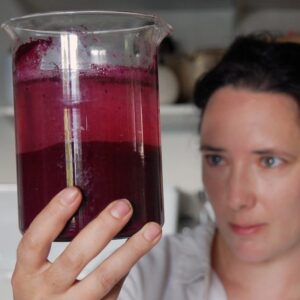Sunday Visit With Botanical Colors’ President Kathy Hattori
We are so excited to announce that Botanical Colors was awarded one of five technical assistance grants from Fibers Fund, a project of Sustainable Agriculture and Food Systems Funders (SAFSF) and Fibershed with Mission Driven Finance. All five grants were given to support and grow U.S. fiber, textile, and dye businesses. Botanical Colors joins Oregon-based Fibrevolution profiled in the SAFSF Fibers Roadmap Case Studies. Both businesses have helped inform the development of the Fibers Fund from the beginning. The next set of grants supports a critical new group of businesses for the Fibers Fund, the Black Fiber Cohort. This … Read more










